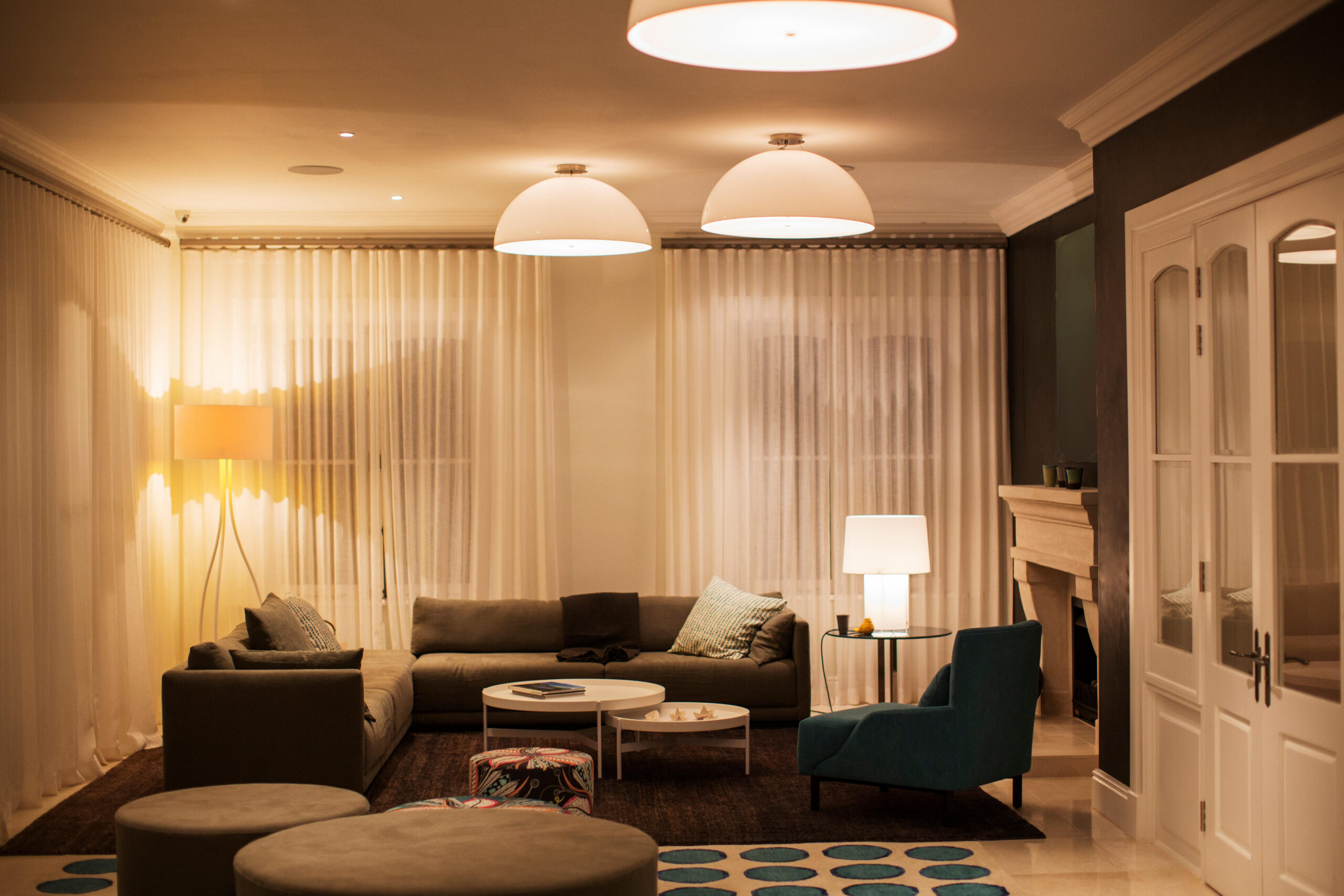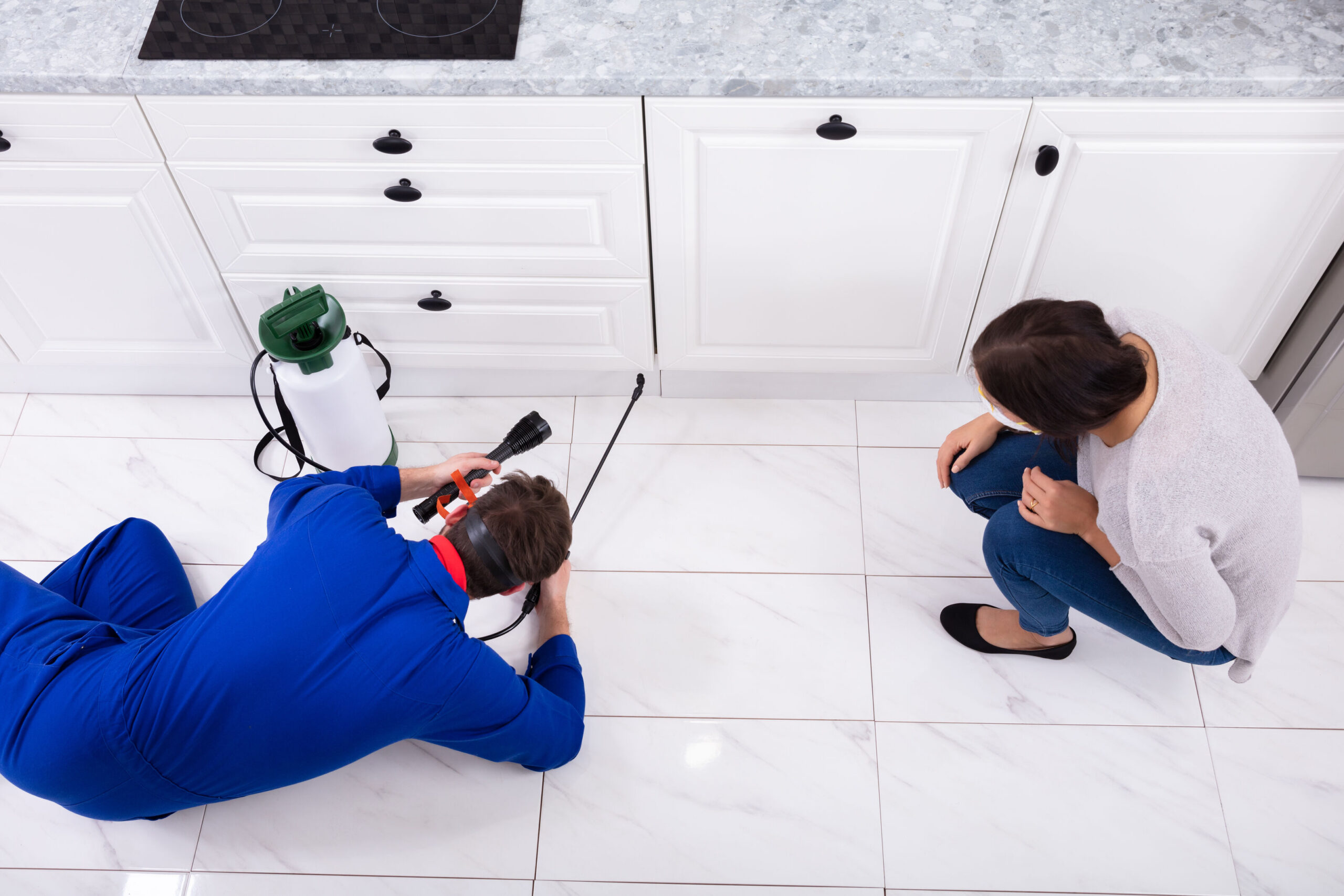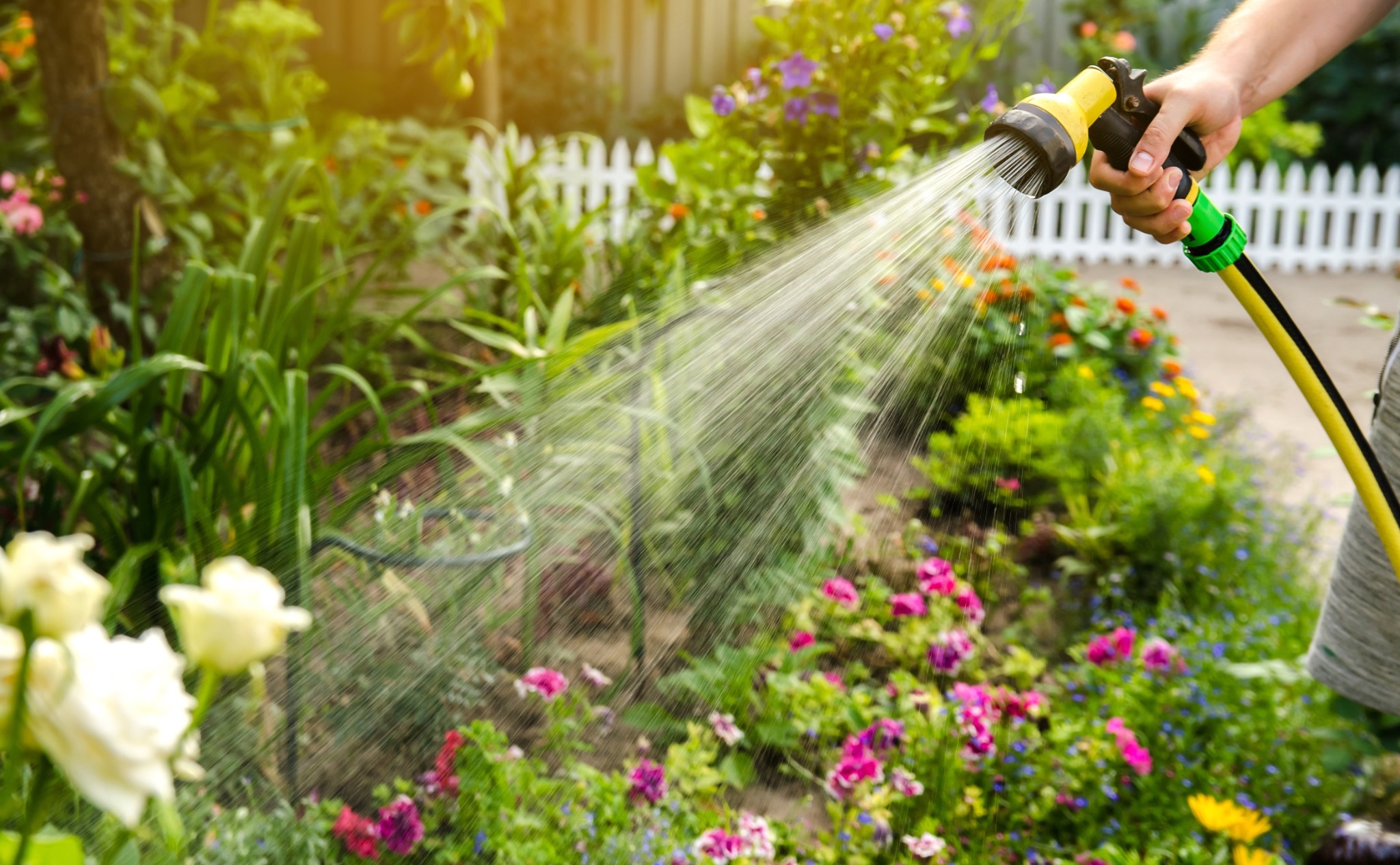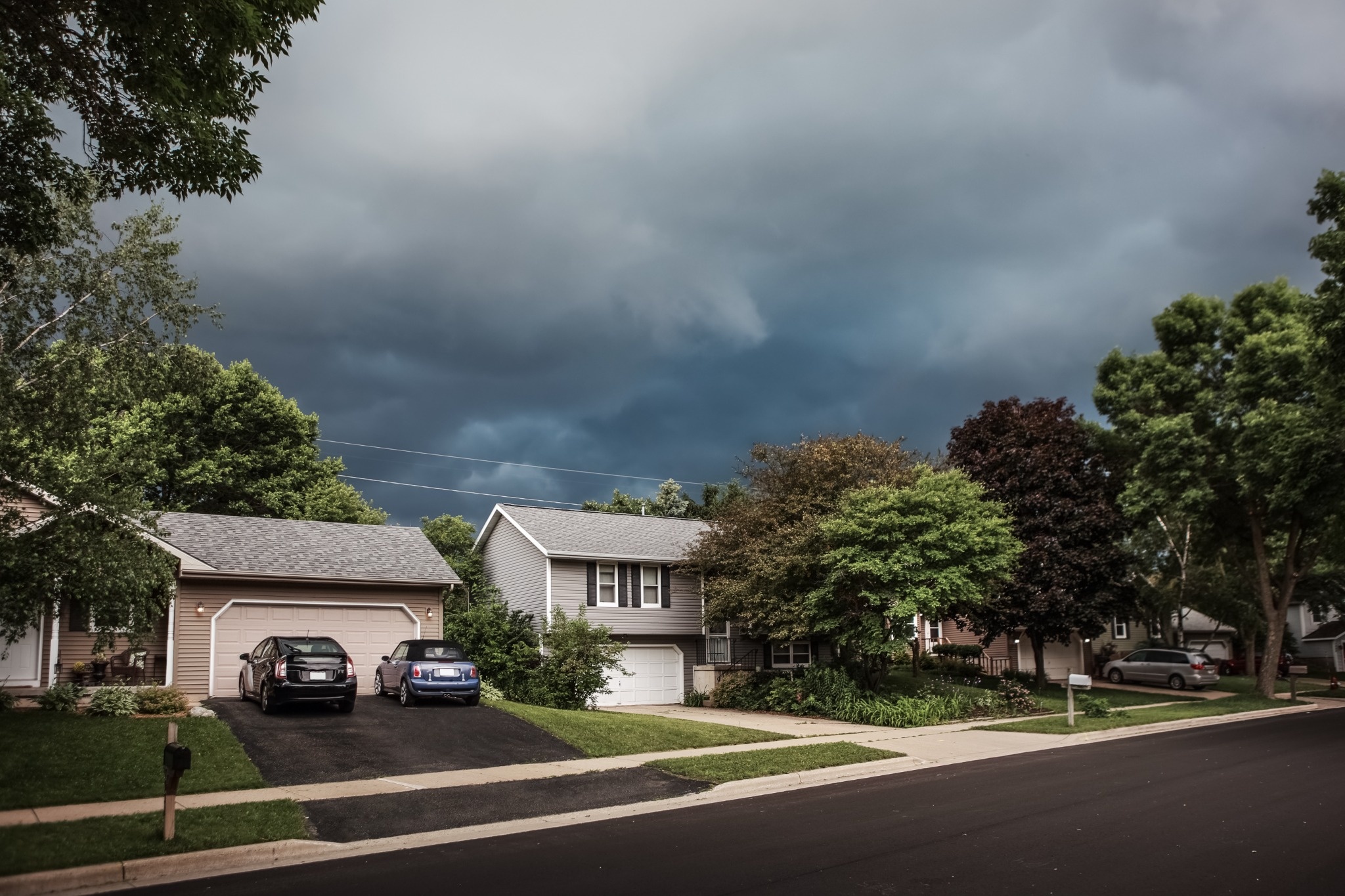Table of Contents
Green Cleaning Tips for Every Room: Eco-Friendly Habits to Reduce Waste and Chemicals at Home
Keeping your home clean doesn’t have to mean relying on harsh chemicals or single-use plastic products. With a few simple swaps and new habits, you can create a cleaning routine that’s better for your health, your home, and the planet.
Learn how to go green in every room with easy, everyday cleaning habits that reduce waste and toxic ingredients.
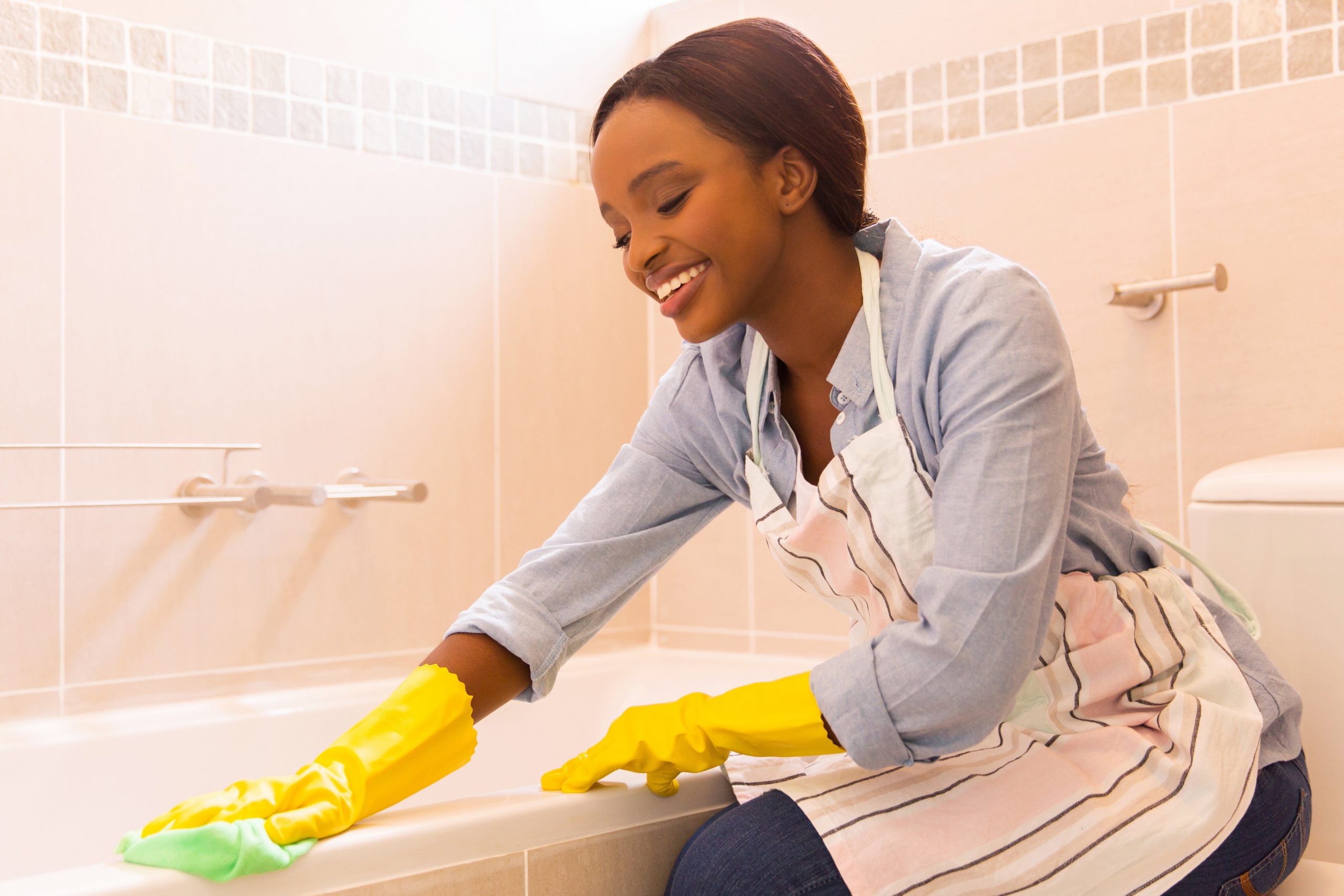
Kitchen: Clean Smarter, Not Harsher
The kitchen sees a lot of mess—and a lot of plastic waste—but it’s also one of the easiest places to green up your routine.
- Swap Paper Towels for Reusables: Use washable cloths or old T-shirts cut into rags to wipe down counters and spills.
- Make a DIY All-Purpose Cleaner: Mix vinegar, water, and a few drops of essential oil in a reusable spray bottle. It works great on most surfaces.
- Skip the Plastic Dish Soap: Try solid dish soap bars or refillable liquid options to reduce packaging waste.
- Compost Food Scraps: Set up a small compost bin to divert waste from landfills.
Small shifts in the kitchen can save you money and drastically cut down on trash and toxins.
Bathroom: Fresh Without the Fumes
Bathrooms often rely on strong-smelling cleaners, but you can keep things sparkling without all the chemicals.
- Use Baking Soda for Scrubbing: It’s cheap, natural, and perfect for sinks, tubs, and tiles.
- Ditch Disposable Wipes: Use reusable cloths with a natural cleaner instead of one-time-use cleaning wipes.
- Choose Eco-Friendly Toilet Cleaners: Look for tablets or powders in plastic-free packaging.
- Ventilate Naturally: Open a window or run a fan to keep air fresh without chemical sprays.
Going green in the bathroom is safer for your skin and lungs—and just as effective.
Living Room: Tidy Up Without the Toxins
You might not think of the living room as a “dirty” space, but dust, allergens, and off-gassing furniture make it a prime spot for greener habits.
- Dust with Microfiber Cloths: These attract dust without needing extra sprays or chemicals.
- Vacuum with a HEPA Filter: This helps reduce allergens in the air and keeps your space healthier.
- Avoid Artificial Air Fresheners: Use natural sprays, essential oils, or a bowl of baking soda to absorb odors.
- Repurpose Decor Cleaners: Use gentle cleaners that won’t damage wood, glass, or electronics—DIY recipes often work just as well.
Green cleaning in the living room is all about better air and fewer toxins on your everyday surfaces.
Bedroom: Create a Clean, Non-Toxic Sleep Space
Your bedroom should be a sanctuary—not a place filled with hidden chemicals.
- Wash Bedding with Natural Detergent: Choose unscented or plant-based formulas in recyclable or refillable packaging.
- Freshen the Mattress Naturally: Sprinkle with baking soda, let sit, then vacuum to remove odors.
- Open the Windows: Letting in fresh air is one of the best (and cheapest) ways to keep your space feeling clean.
- Vacuum Under the Bed: Reduce allergens and dust without relying on scented sprays.
Greening your bedroom helps create a healthier environment for a good night’s sleep.
Entryways and Mudrooms: Reduce Dirt at the Door
Stopping messes before they enter your home is the first step in a greener cleaning routine.
- Leave Shoes at the Door: This reduces dirt, toxins, and allergens tracked through the house.
- Use Washable Rugs: Shake them out regularly and toss them in the laundry as needed.
- Store a Small Broom and Dustpan: A quick daily sweep helps cut down on the need for deeper cleanings.
Prevention is a key part of cleaning greener—and it starts at the front door.
Laundry Room: Clean Your Clothes the Eco Way
Laundry is a regular chore, but it doesn’t have to come with waste or chemical overload.
- Use Refillable or Powder Detergents: Skip plastic jugs in favor of refill stations or cardboard packaging.
- Wash in Cold Water: Saves energy and is gentler on your clothes.
- Air Dry When You Can: Drying racks or clotheslines reduce electricity use and help clothes last longer.
- Wool Dryer Balls: These reusable alternatives replace fabric softener and dryer sheets.
A few changes in the laundry room can help your home be cleaner and greener all year long.
Final Insights
You don’t have to change everything at once to make a big impact. By adopting just a few greener cleaning habits in each room, you’ll reduce your exposure to harsh chemicals, cut down on plastic waste, and create a healthier, more eco-friendly home.
Look into these simple swaps to build a greener cleaning routine that really works for your everyday life.

